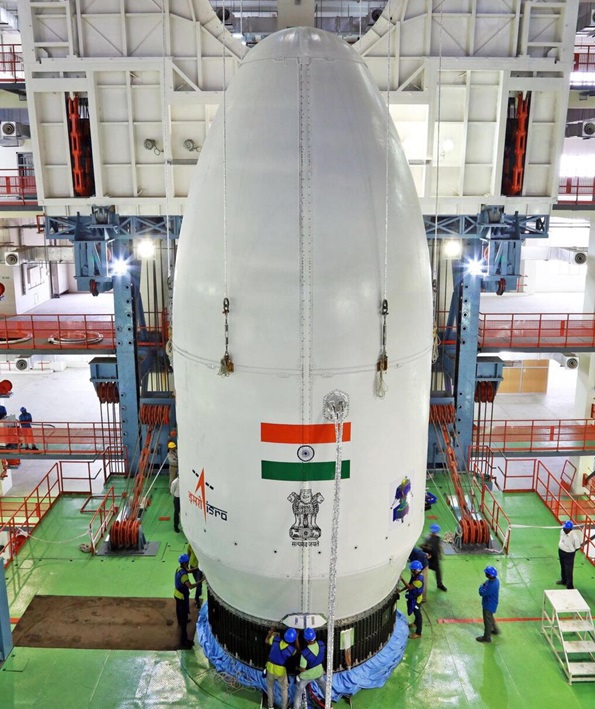The Moon Once Had An Ocean – Finds Chandrayaan-3
Billions of years ago, when the Moon was still young, its surface was covered in a vast ocean of magma—a hot, molten mixture of rocks and minerals.
Did you know that the Moon once had a really big ocean? Not an ocean of water like on Earth, but an ocean of fiery, molten rock!
This discovery comes from recent data sent back by India’s Chandrayaan-3 mission, which has given scientists new insights into the Moon’s ancient past.
What Was the Moon’s Magma Ocean?

Billions of years ago, when the Moon was still young, its surface was covered in a vast ocean of magma—a hot, molten mixture of rocks and minerals. As this magma cooled over millions of years, it slowly solidified to form the lunar surface we see today.
The idea of a magma ocean has been around for a while, but Chandrayaan-3 has found some things to prove this now!
What Did Chandrayaan-3 Discover?

The Chandrayaan-3 mission, launched by the Indian Space Research Organisation (ISRO), carried many modern instruments to study the Moon’s surface. Among these instruments was a spectrometer that could look at the chemical composition of lunar rocks.
The data collected showed that certain rocks on the Moon contain minerals that could only have formed in extremely hot conditions—conditions like those in a magma ocean.
By studying these minerals, scientists have reconstructed a timeline of the Moon’s cooling process. They believe the magma ocean existed for millions of years before it eventually solidified into the crust and mantle layers that make up the Moon today.
Why Is This Important?

Understanding the Moon’s ancient magma ocean helps scientists learn more about how rocky planets and moons form. The Moon is like a time capsule that preserves information about the early solar system.
By studying it, we can learn more about the history of our planet and how other celestial bodies in the solar system have evolved over billions of years.
The discoveries made by Chandrayaan-3 are a huge step forward in our understanding of the Moon’s history. They also highlight the importance of space missions in uncovering the mysteries of our universe.
What’s Next?
As scientists continue to analyze the data from Chandrayaan-3, they hope to uncover even more secrets about the Moon’s past. Future missions may even explore other areas of the Moon to see if they, too, show evidence of ancient magma oceans, which could help confirm these findings.
The Moon’s fiery past might be long gone, but thanks to missions like Chandrayaan-3, we’re just beginning to understand its significance.
Love space facts? Read more here.

Better Your Child’s G.K. In 3 Minutes – Get This Free Newsletter
Get fun facts, simple and easy news, quizzes, and many other interesting things to read in your mailbox – for free! It’s what we call GK-on-the-go!
I Kid You Not now has a large readership across India and parts of the world. If you want to write for us, you can submit your story here.



Comments